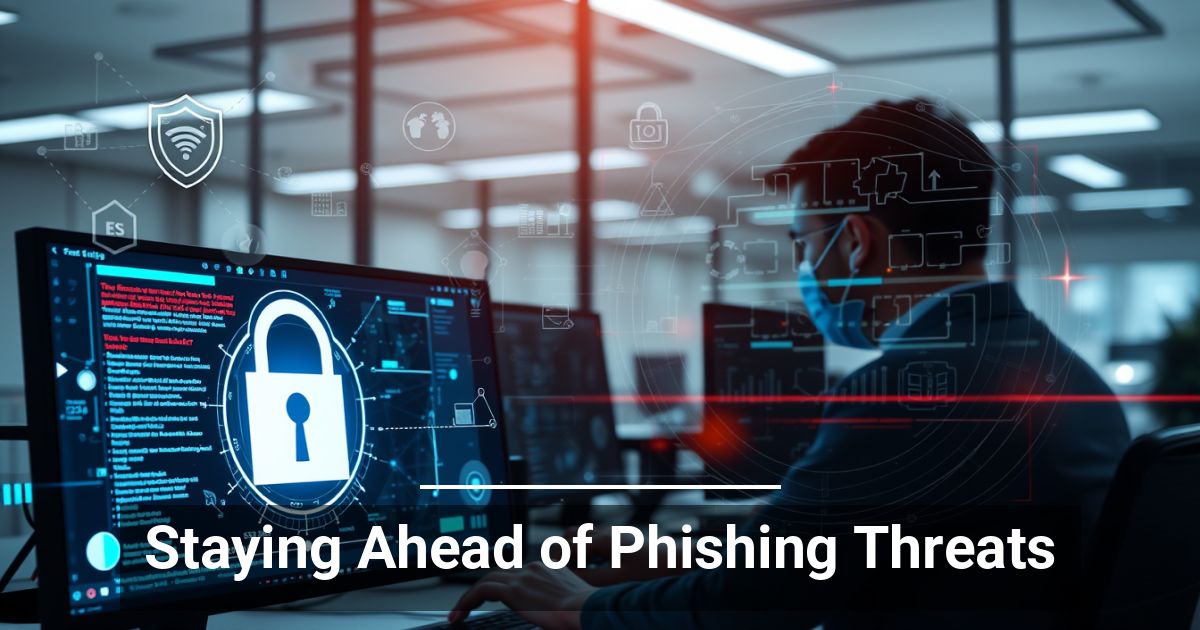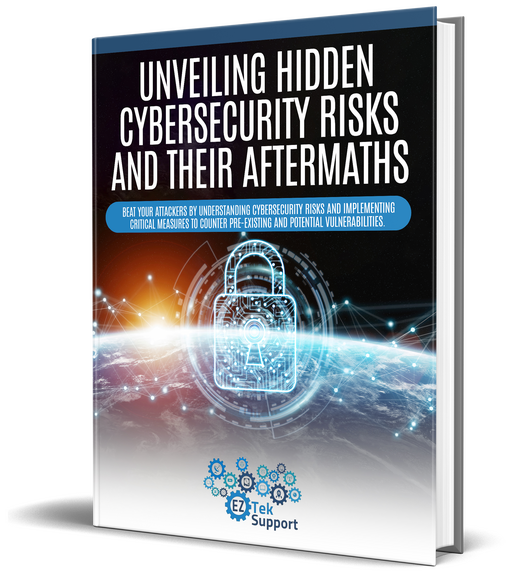 In this always-evolving digital era, business owners have more to worry about than retaining customers and observing market trends. Cybercriminals regularly search for program vulnerabilities to exploit and override poor security systems. Still, these are far from the only threats. Many believe phishing isn’t as dangerous if you can pinpoint it, but identifying it is harder than ever before.
In this always-evolving digital era, business owners have more to worry about than retaining customers and observing market trends. Cybercriminals regularly search for program vulnerabilities to exploit and override poor security systems. Still, these are far from the only threats. Many believe phishing isn’t as dangerous if you can pinpoint it, but identifying it is harder than ever before.
The Traditional Method of Remaining Alert of Phishing Threats
Phishing includes sending emails or other fraudulent messages imitating a legitimate company. The scammers ask for personal data like credit card information, login credentials, addresses, and names. If the targeted team reveals this data, the attackers hold it for ransom, steal funds, or undergo identity theft attempts to ruin the company’s reputation.
Traditionally, business owners encourage employees to examine all messages for misspellings that hint at fraudulent messages and email scams. Business owners also warn workers to be wary of emails:
- That ask for immediate action
- With suspicious attachments
- That come from unknown email addresses
Evolving Phishing Threats Need New Solutions
Unfortunately, as artificial intelligence and machine learning become more advanced, hackers find ways to utilize them as much as businesses and organizations. For instance, ChatGPT is a chatbot that OpenAI produced to create content and answer customer questions. However, it also deceives individuals.
ChatGPT creates realistic texts that look like they come from banks or other legitimate sources or phone scripts that imitate customer service representatives. Because it’s more believable, businesses are more inclined to fall for these phishing attacks.
Quishing is another example of cyber fraud that uses a QR code rather than a traditional link during phishing attempts. When individuals click on them, they lead them to a faux login page, but unlike before, these codes don’t just show up in emails. Attackers place them on social media posts, printed flyers, and in physical locations like restaurants, making them seem more trustworthy.
In addition, many scammers use social engineering to convince them to send sensitive information. For example, someone may get a notice that they must act quickly to restore stolen data, leading to them panicking and sending sensitive information.
What Your Business Can Do To Stay Ahead of Evolving Attacks
As hackers up their game, so should you to protect your business, employees, and customers. The Zero-Trust approach is an architecture that does not trust any entity within or outside the network. By default, it assumes everyone is a threat to prevent granting access to the wrong individuals, regularly asking for verification even after someone has logged in.
Even after granting access, it remains on alert, limiting access to anything outside the person’s role. It also segments the network so a breach in one section won’t jeopardize the company. You can also:
- Implement multi-factor authentication so hackers cannot gain company access, even with login credentials
- Use AI-powered filters and threat intelligence to pinpoint concerns
- Improve employee awareness and training with interactive modules, quizzes, and simulations
Phishing is always prevalent in our digital world. But with the right techniques and security, you can keep your company from becoming a statistic.




